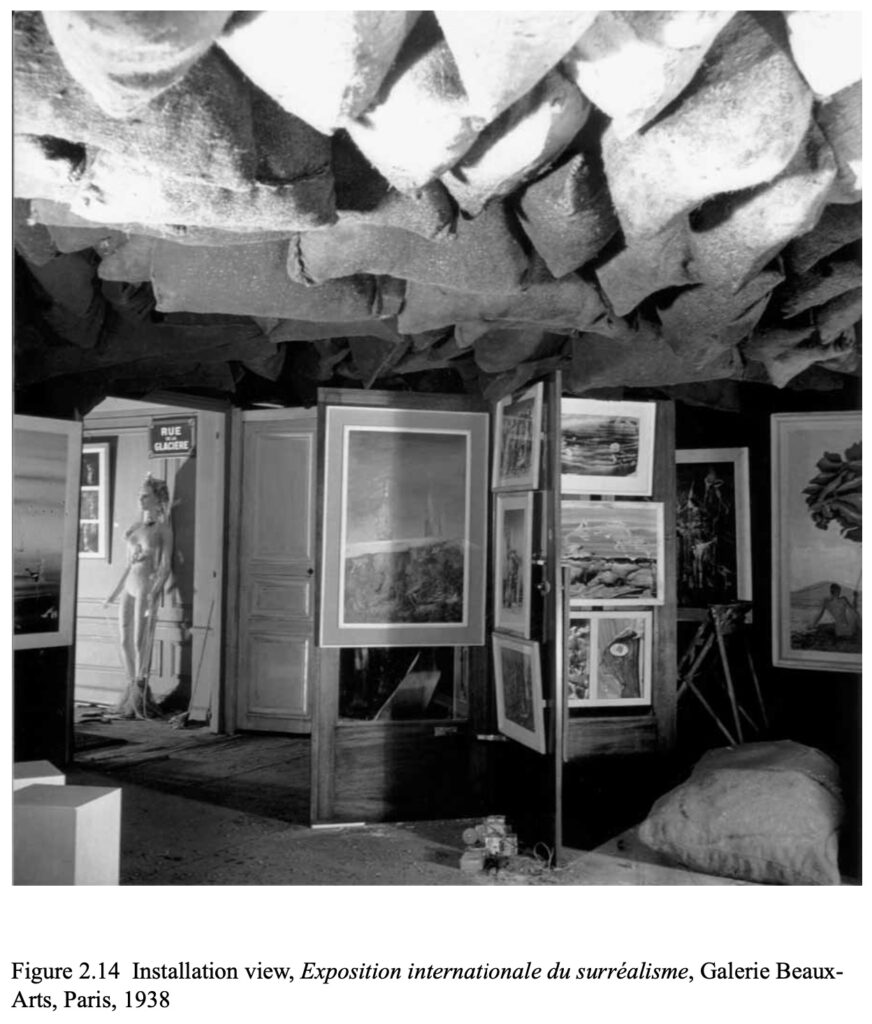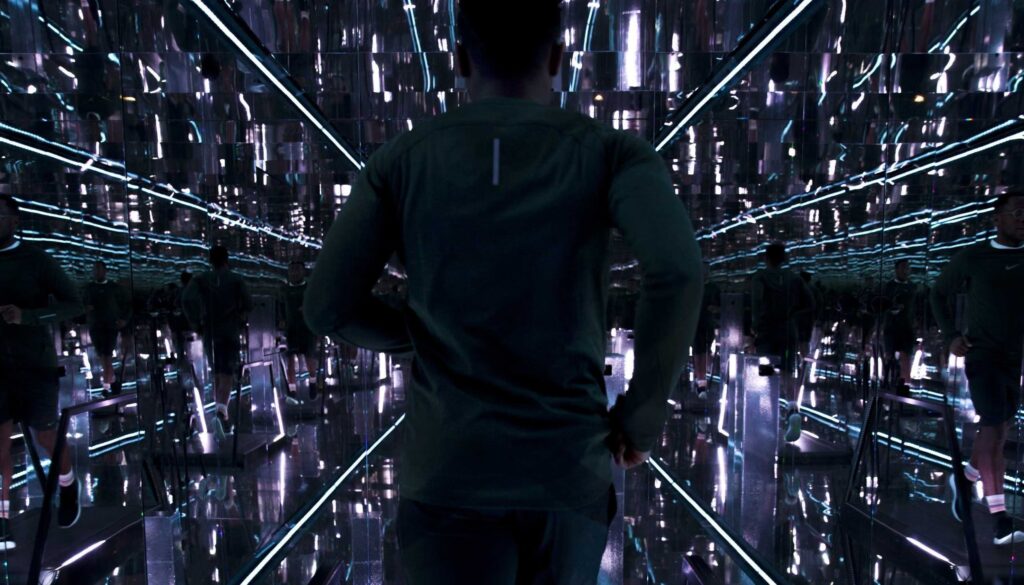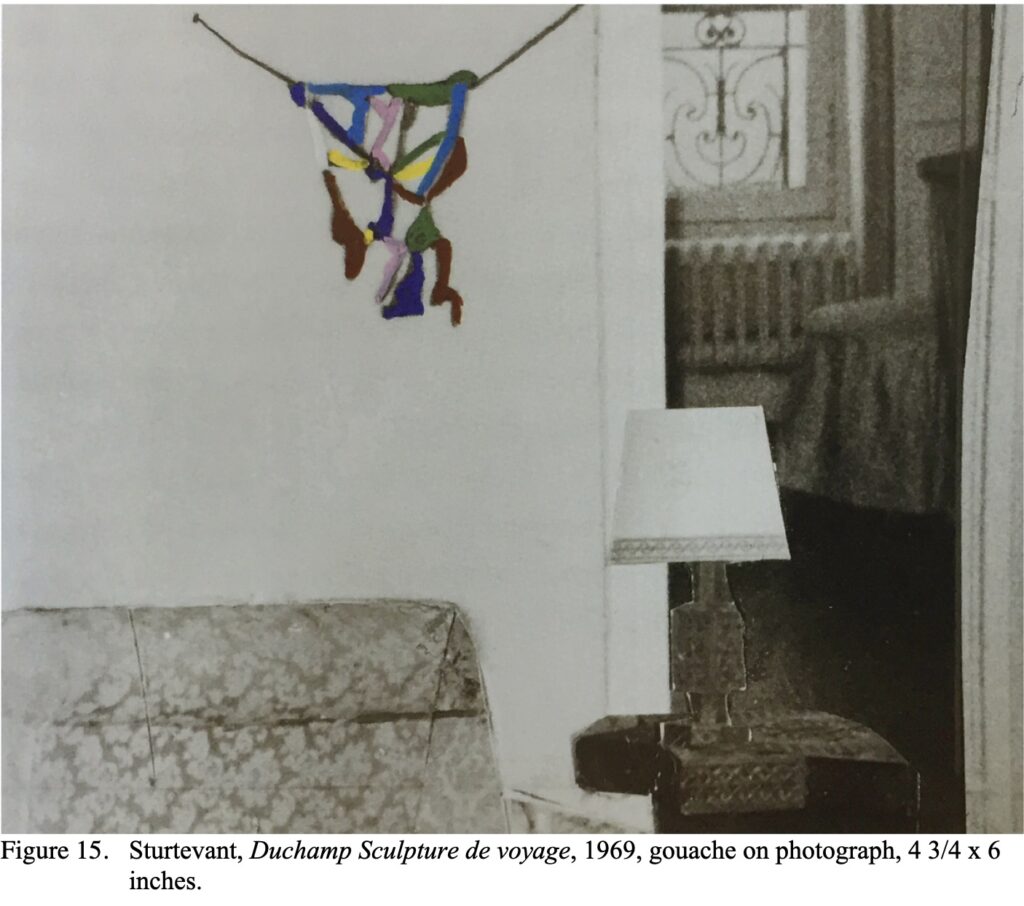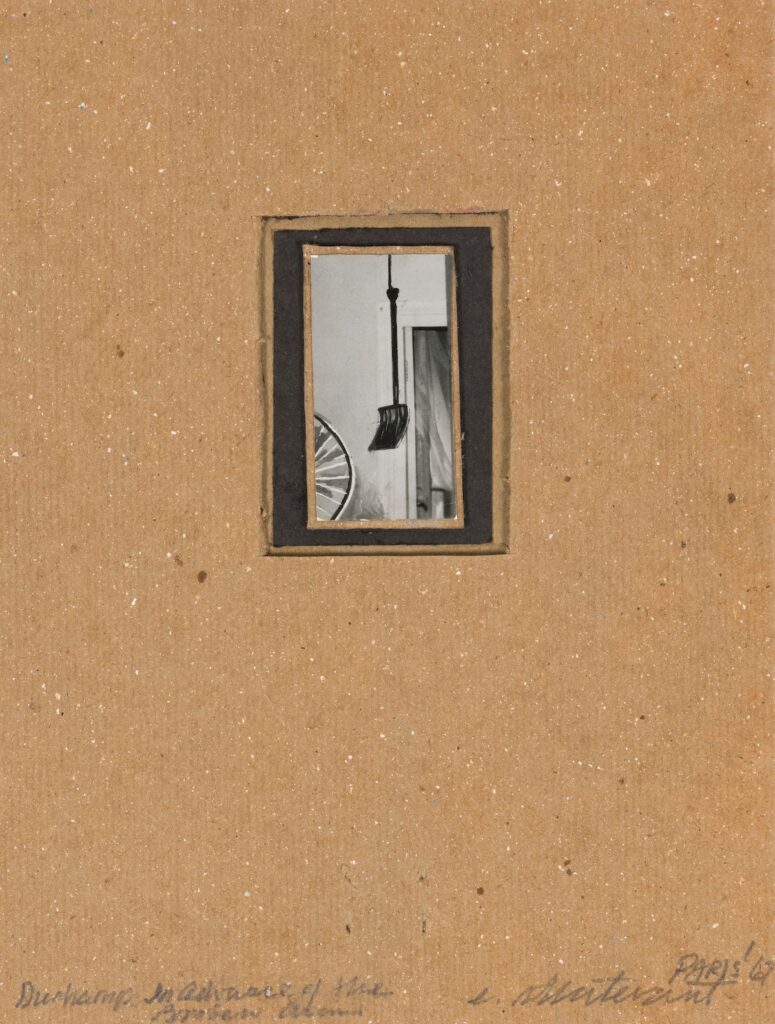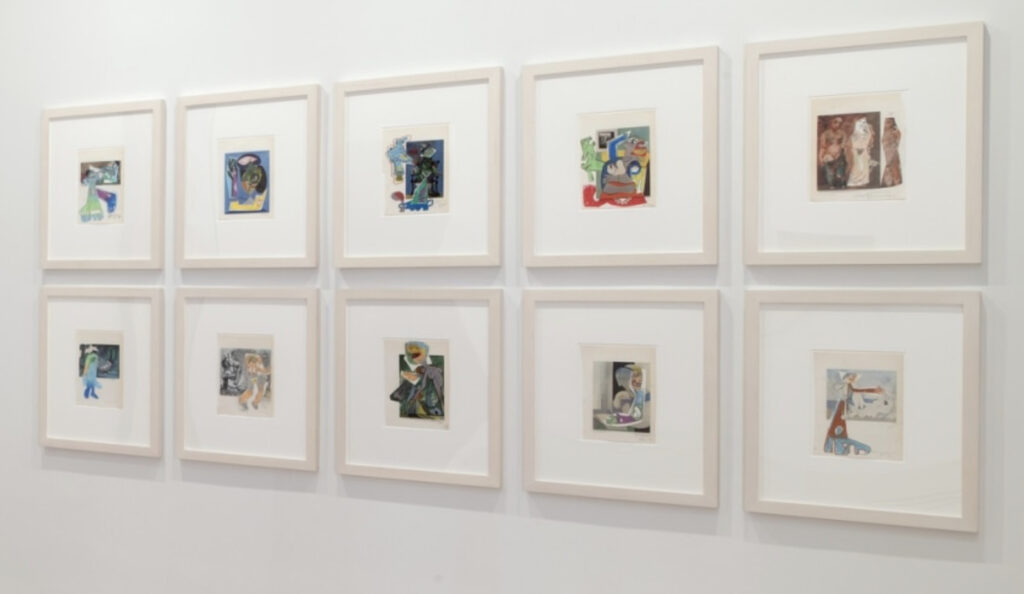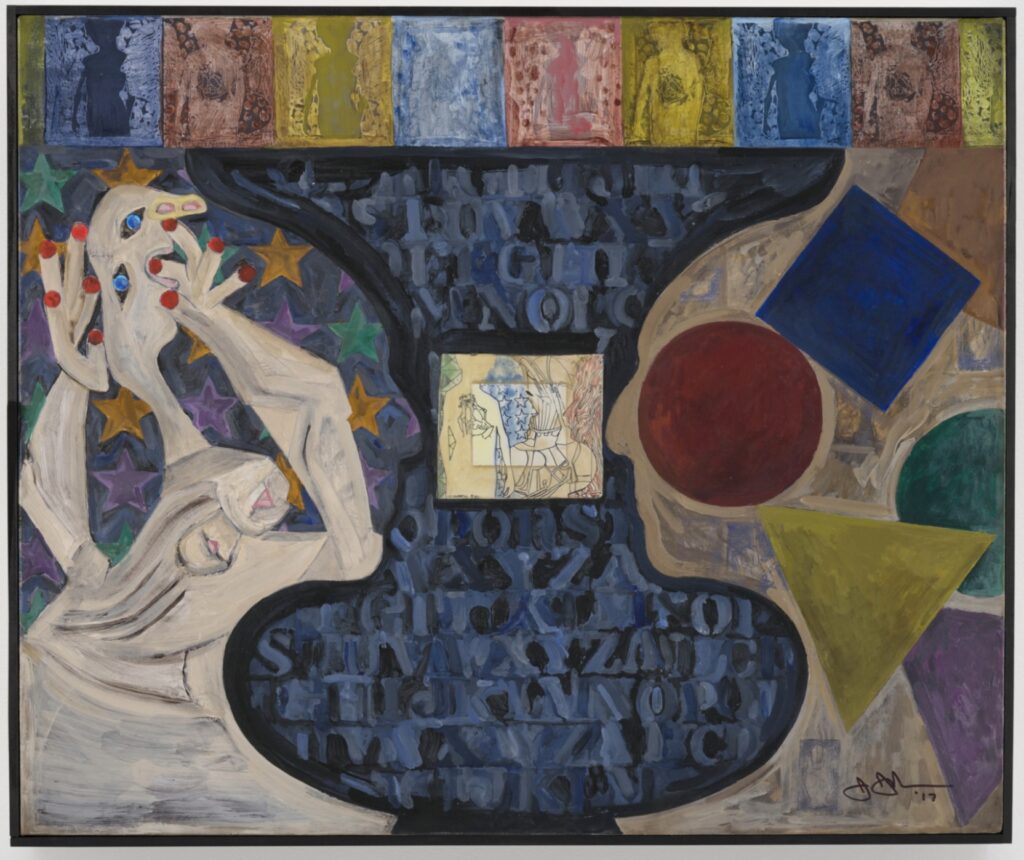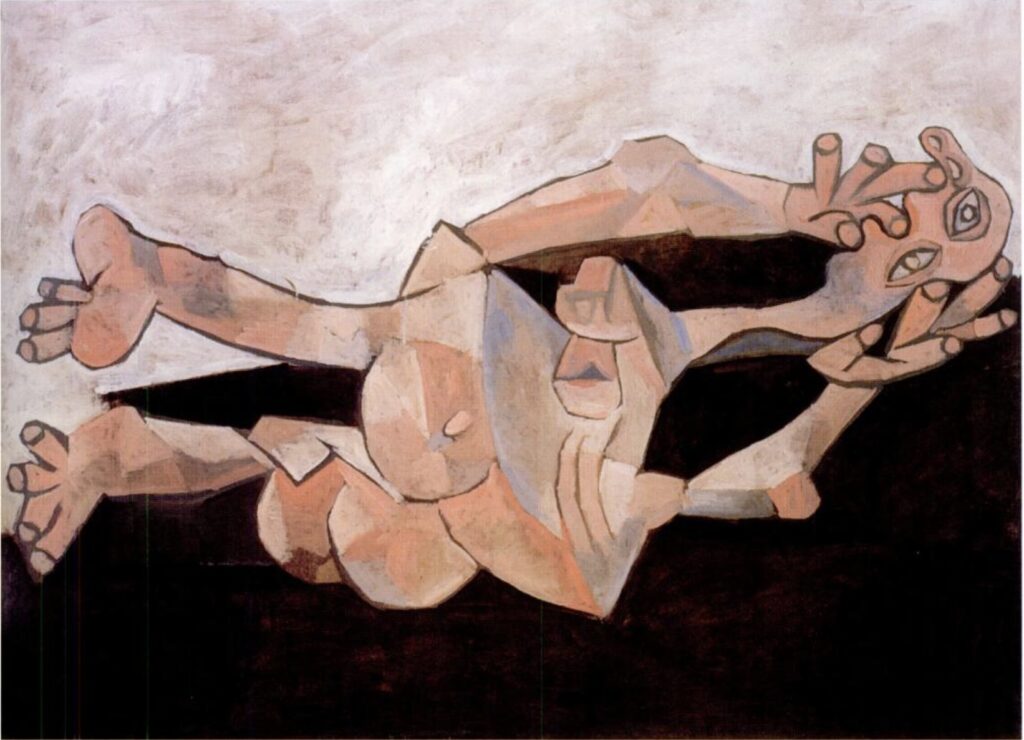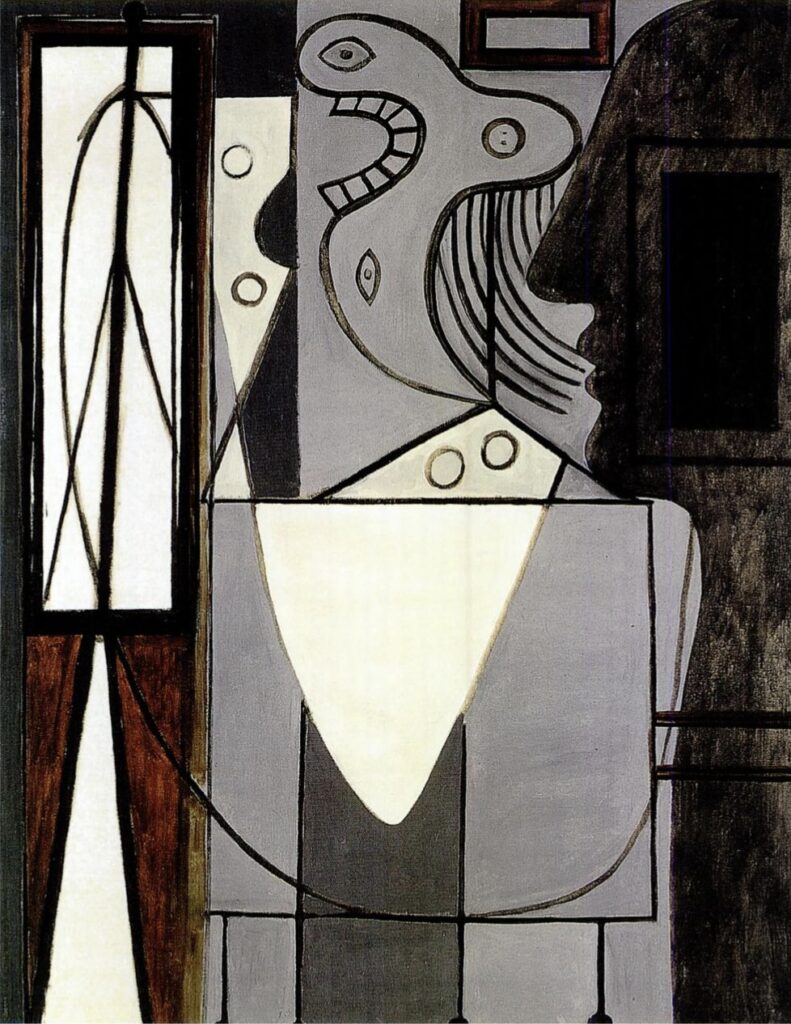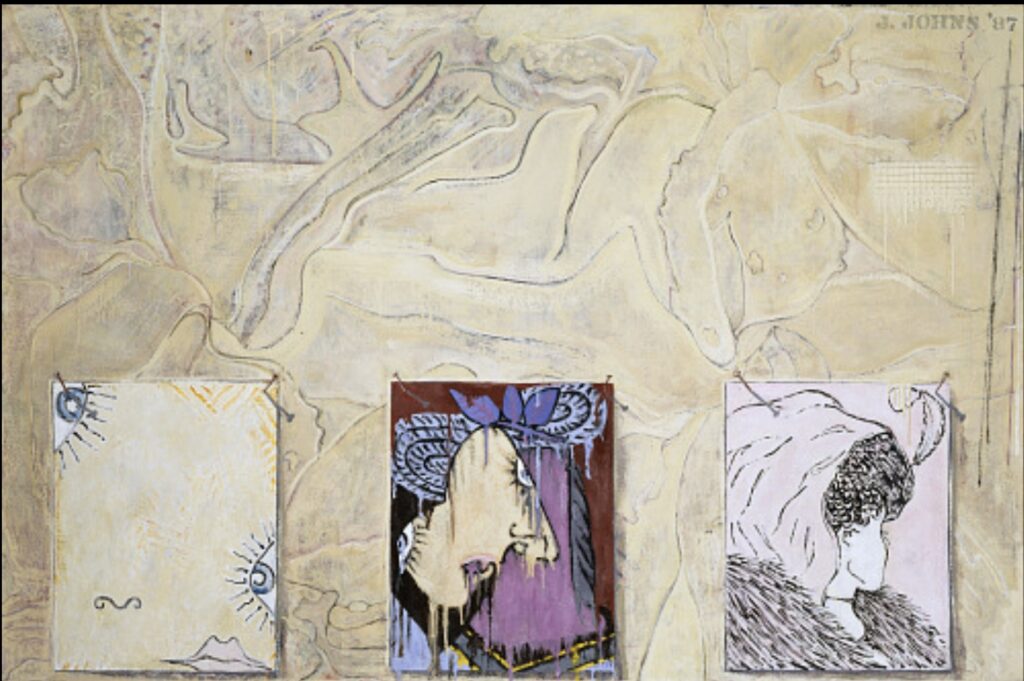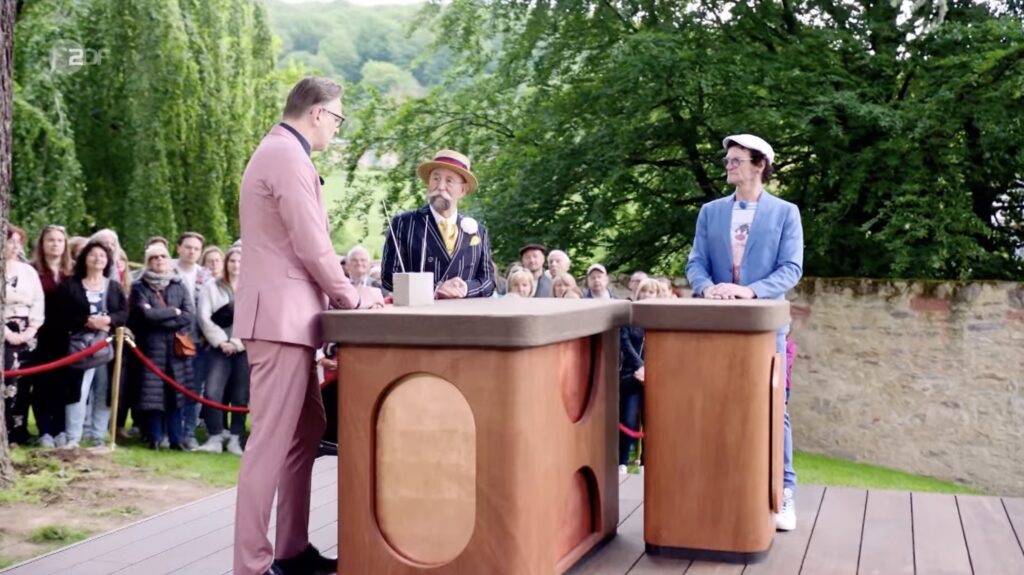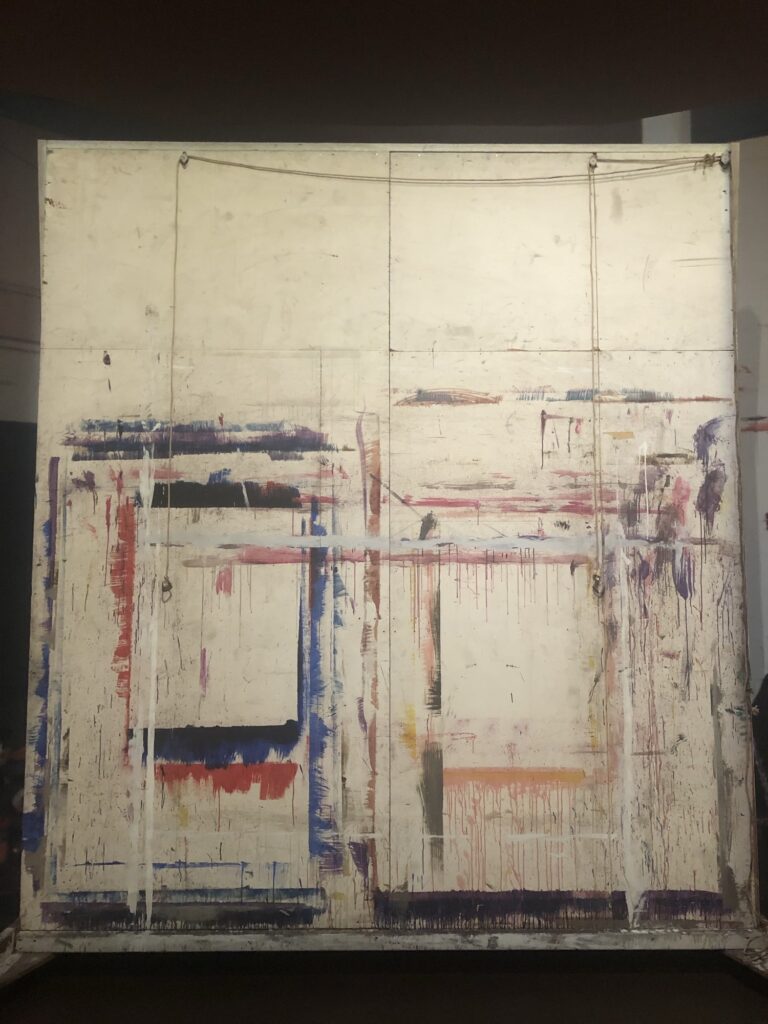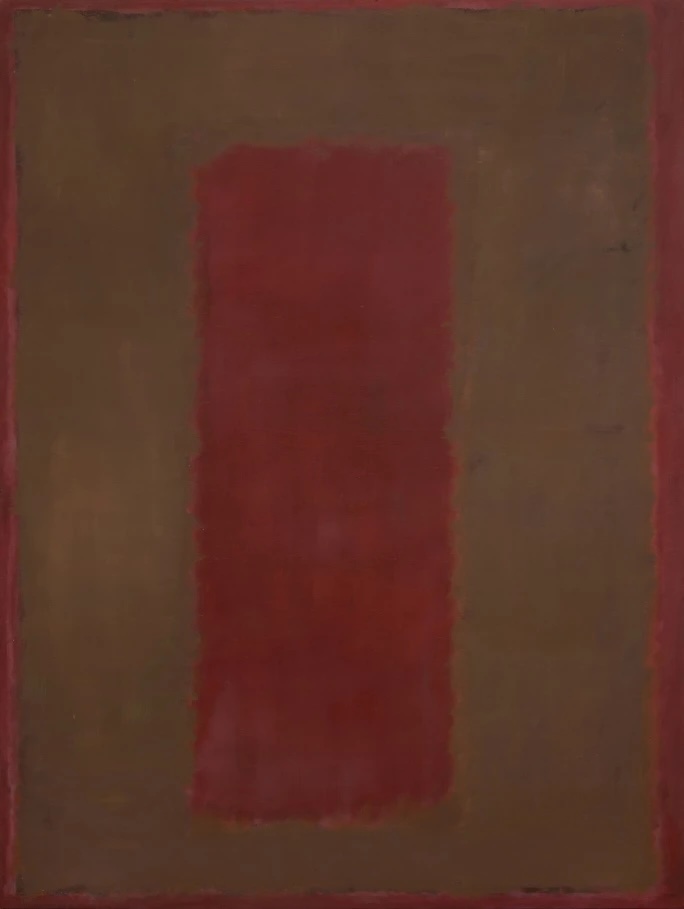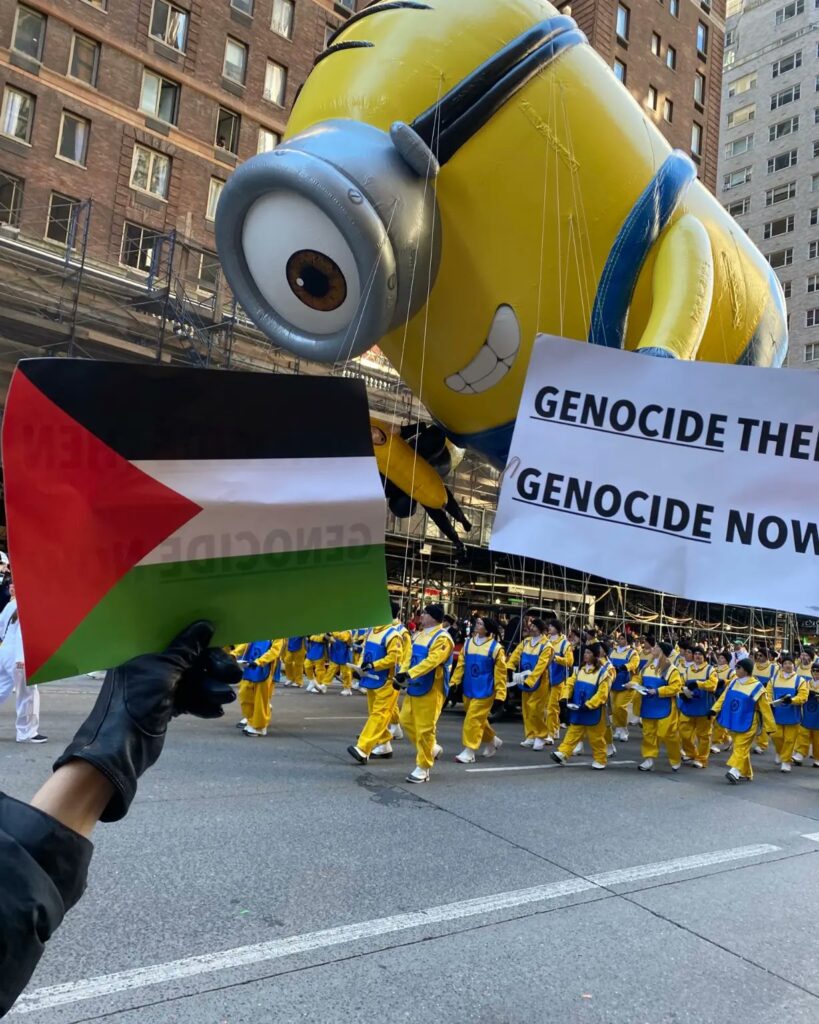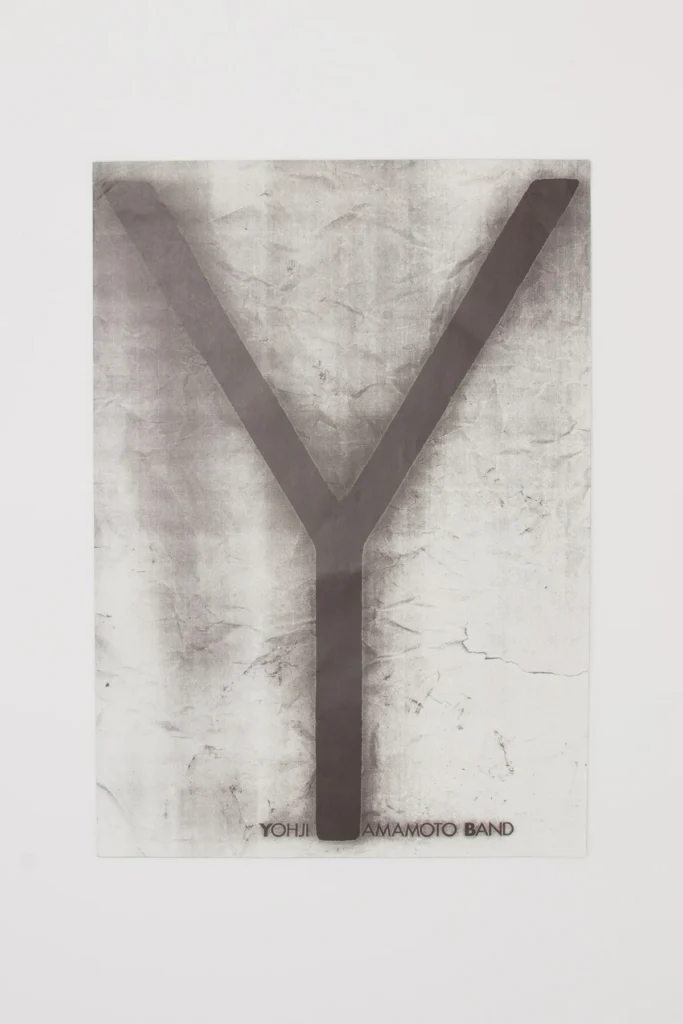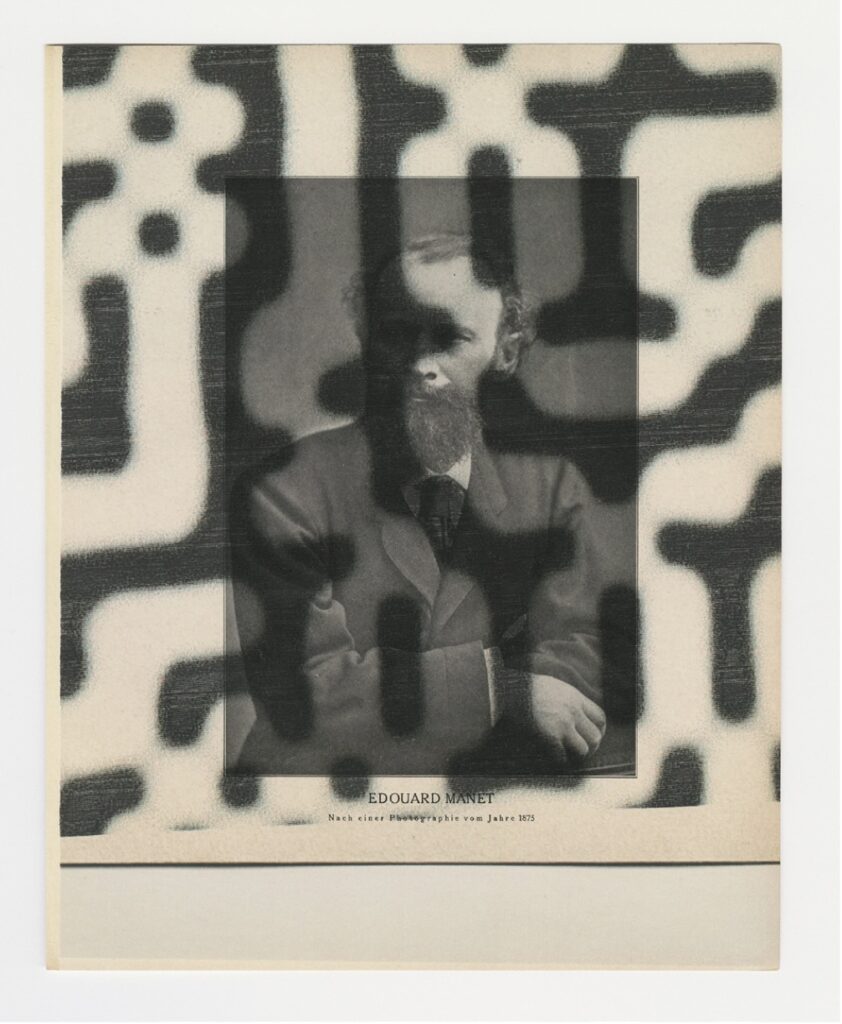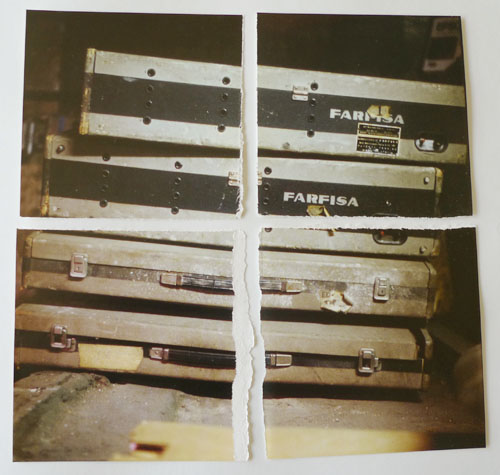
7 x 7 inches, ed. 25 at Paul + Wendy Projects
In 2000 Lee Ranaldo made a torn photo artwork for a limited edition Sonic Youth box set. It was a photo taken in the basement of his building, of the four organs minimalist composer Steve Reich used for his groundbreaking 1970 work, Four Organs.
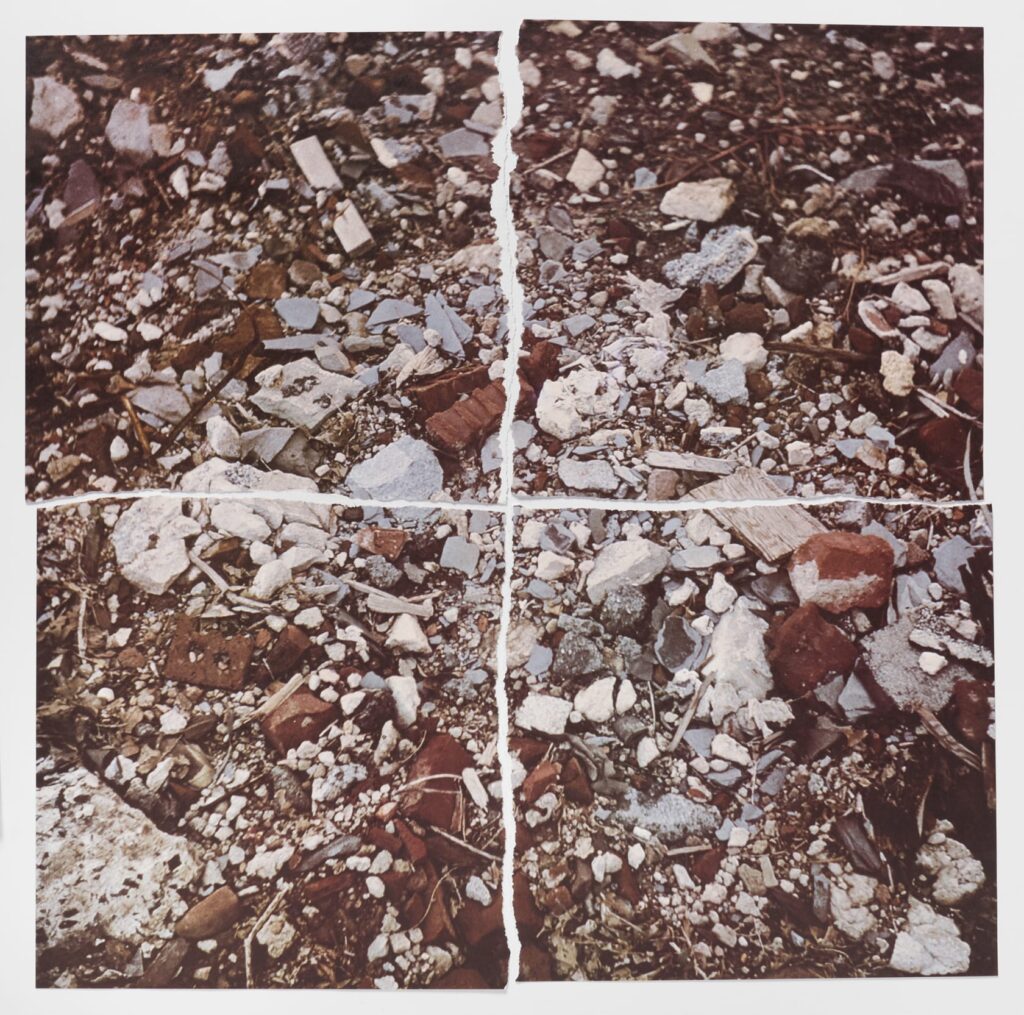
The idea of tearing a photo into quarters came from Robert Smithson, whose Torn Photograph from the 2nd Stop (Rubble) (2nd Mountain of Six Stops on a Section) was included in the Artists & Photographs box set published in 1970 by Multiples, Inc. [It was also on the cover of the catalogue for LACMA’s 1993 exhibition, Robert Smithson Photo Works.]

This was a Smithson I bought for some friends back in the day, when Marian Goodman was clearing out a bunch of loosies from the Multiples, Inc. warehouse. They were supercheap and perfect. But I just saw the Lee Ranaldo edition again while looking for art edition gifts at Paul + Wendy Projects, and I wanted to find out more.
Fortunately, Dave Dyment’s blog, Artists’ Books & Multiples, has a writeup of the whole thing, including the hilarious detail from a 2011 interview with Ranaldo, that the dimensions of digital file sent to Paul + Wendy were off, resulting in a tiny “Spinal Tap ‘Stonehenge’ version” of the print. Which explains the “(maquette version).” I love it.
Related: In 1998, Lee Ranaldo released an album, Amarillo Ramp (for Robert Smithson), with a 32-minute sound portrait of Smithson’s last work as its title track.

